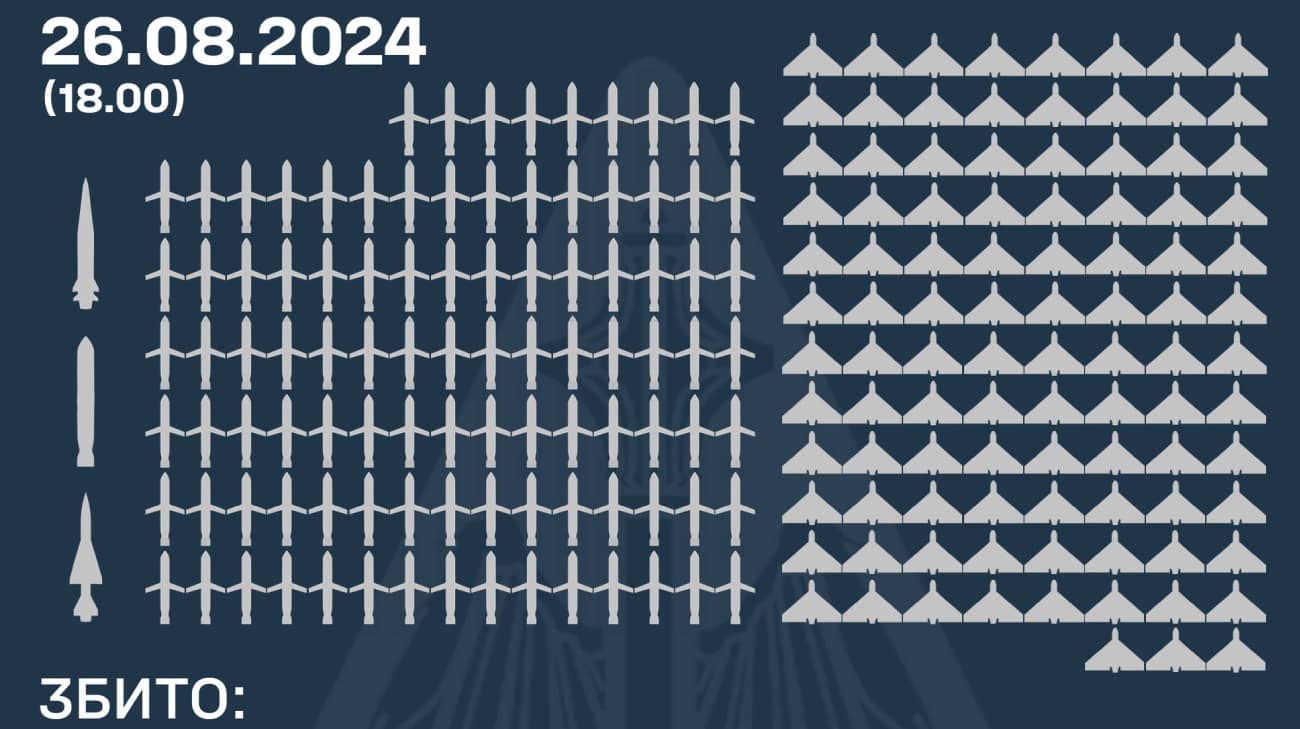Fentanyl And China: Accountability And The Price Of Inaction

Table of Contents
China's Role in the Fentanyl Supply Chain
China's involvement in the global fentanyl crisis is multifaceted and deeply concerning. Its role extends beyond simply being a transit point; it is a major source of the precursor chemicals essential for fentanyl synthesis.
Precursor Chemical Exports
China is a significant exporter of the precursor chemicals used to manufacture fentanyl. These chemicals, often legally produced within China, are diverted to clandestine laboratories across the globe.
- Specific Precursor Chemicals: Key precursors include Aniline, Piperidine, and N-phenethyl-4-piperidone (NPP). These are readily available and relatively inexpensive within China.
- Volume of Exports: The precise volume of precursor chemical exports destined for illicit fentanyl production remains difficult to quantify definitively, but reports from the UN Office on Drugs and Crime (UNODC) and various national intelligence agencies indicate substantial quantities.
- Diversion to Illicit Production: These chemicals, while having legitimate uses in various industries, are easily diverted to the illicit fentanyl trade, often through complex and opaque supply chains involving transnational criminal organizations. These organizations exploit weaknesses in regulatory oversight, both domestically within China and internationally.
Weak Regulatory Enforcement
While China has taken some steps to curb the flow of these precursor chemicals, allegations persist regarding weaknesses in its regulatory framework.
- Loopholes in Export Controls: Reports suggest loopholes in China's export control system allowing for the continued export of significant quantities of precursor chemicals to countries with weak regulatory frameworks.
- Insufficient Monitoring and Tracking: The lack of robust monitoring and tracking mechanisms for precursor chemicals within China facilitates their diversion into illicit channels. Tracing the precise path of these chemicals from legal production to illegal synthesis remains a significant challenge.
- Lack of Prosecution: Insufficient prosecution of individuals and organizations involved in the illicit trade of these precursor chemicals further emboldens criminal networks.
The Evolving Landscape of Fentanyl Production in China
While the export of precursor chemicals remains a key concern, there is growing evidence suggesting a rise in domestic fentanyl production within China itself. This complicates the issue, highlighting the need for a comprehensive approach that goes beyond targeting exports alone.
The Human Cost: The Fentanyl Overdose Crisis
The consequences of the unchecked flow of fentanyl precursors from China are devastating. The human cost is immeasurable.
Devastating Statistics
The scale of the fentanyl overdose crisis is alarming.
- Overdose Rates: Fentanyl is the leading cause of overdose deaths in many countries, particularly the United States and Canada. The number of fatalities continues to climb annually, reaching unprecedented levels.
- Demographics: The crisis disproportionately affects vulnerable populations, including young adults and those experiencing poverty and mental health challenges.
- Economic Burden: The crisis places a significant strain on healthcare systems, law enforcement agencies, and social services. The economic costs associated with treatment, emergency response, and lost productivity are immense. Data from the CDC and similar organizations readily illustrate this cost.
The Impact on Communities
The effects extend far beyond individual lives lost.
- Strain on Healthcare: Hospitals and emergency services are overwhelmed by the influx of overdose patients.
- Law Enforcement Challenges: Law enforcement agencies struggle to combat the proliferation of fentanyl and related substances, often facing resource constraints.
- Family and Community Trauma: Families and communities are devastated by the loss of loved ones to fentanyl overdoses. The emotional and social impact ripples through generations.
The Path to Accountability
Addressing the fentanyl crisis requires a multifaceted approach emphasizing international cooperation and strengthened regulations.
International Cooperation
International collaboration is paramount.
- Information Sharing: Enhanced information sharing between countries regarding illicit fentanyl trafficking networks and precursor chemical movements is essential.
- Joint Investigations: Joint investigations and law enforcement operations targeting transnational criminal organizations are crucial for disrupting the supply chain.
- Coordinated Action: A coordinated approach involving various international organizations, such as the UNODC and Interpol, is needed to address this global challenge.
Strengthening Regulations
More robust regulatory mechanisms are necessary.
- Increased Penalties: Significantly increased penalties for those involved in the illegal export and trafficking of fentanyl precursors are needed to deter criminal activity.
- Improved Tracking: Implementation of stricter tracking and monitoring systems for precursor chemicals throughout the supply chain is crucial.
- Enhanced Border Security: Strengthening border security measures to prevent the smuggling of fentanyl and its precursors is vital.
Addressing Demand-Side Issues
Addressing the demand for opioids is equally important.
- Harm Reduction Strategies: Expanding access to harm reduction services, such as naloxone distribution and supervised consumption sites, can mitigate the immediate consequences of opioid addiction.
- Treatment and Rehabilitation: Increased funding and access to evidence-based treatment and rehabilitation programs are essential to help individuals recover from opioid addiction.
Conclusion
China's significant role in the fentanyl supply chain is undeniable, and the devastating consequences of the opioid crisis are felt globally. The high death toll from fentanyl overdoses underscores the urgent need for accountability. We must hold those responsible accountable and strengthen international collaboration to combat the flow of fentanyl precursor chemicals from China. Ignoring the problem is not an option; the price of inaction—measured in countless lives lost—is far too high. Combating fentanyl from China requires a coordinated global effort, strengthening regulations, and addressing both the supply and demand sides of this tragic crisis. Addressing the China-fentanyl connection is a moral imperative and a critical step towards a safer, healthier future for everyone.

Featured Posts
-
 Massirovannaya Raketnaya Ataka Rossii Po Ukraine Bolee 200 Raket I Dronov
May 15, 2025
Massirovannaya Raketnaya Ataka Rossii Po Ukraine Bolee 200 Raket I Dronov
May 15, 2025 -
 Snelle Actie Beloofd Na Gesprek Over Frederieke Leeflang Met Npo Toezichthouder
May 15, 2025
Snelle Actie Beloofd Na Gesprek Over Frederieke Leeflang Met Npo Toezichthouder
May 15, 2025 -
 Paddy Pimbletts Ufc 314 Callout Ilia Topuria And Two Others
May 15, 2025
Paddy Pimbletts Ufc 314 Callout Ilia Topuria And Two Others
May 15, 2025 -
 Nhl 25s Arcade Mode Makes A Comeback This Week
May 15, 2025
Nhl 25s Arcade Mode Makes A Comeback This Week
May 15, 2025 -
 Ai Digest Creating Engaging Podcasts From Tedious Scatological Data
May 15, 2025
Ai Digest Creating Engaging Podcasts From Tedious Scatological Data
May 15, 2025
